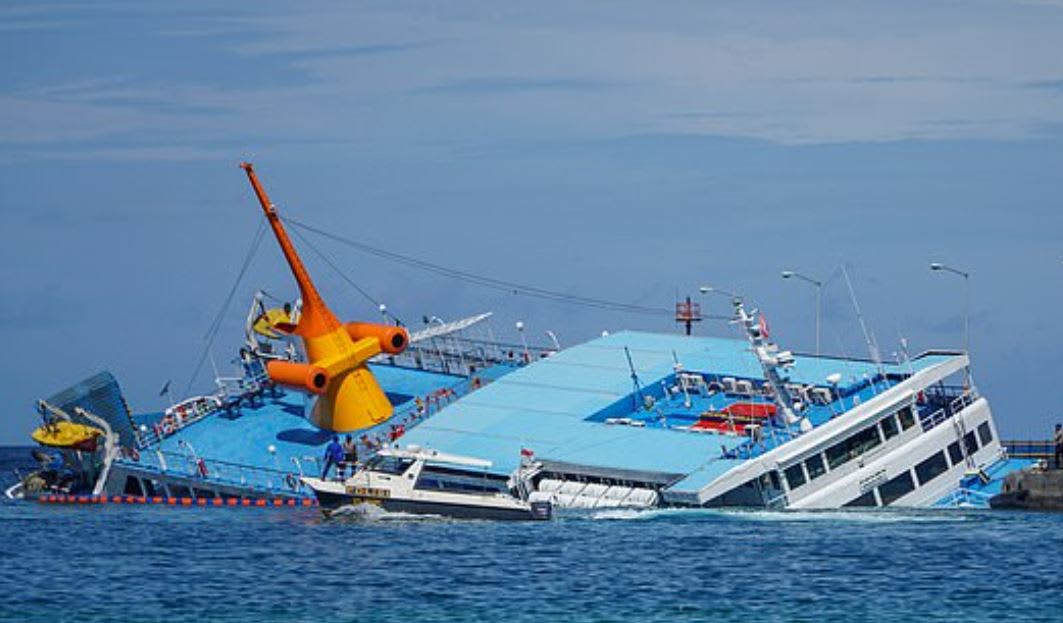- Rescue Operations Underway
- Latest in String of Indonesian Ferry Incidents
- Indonesia's Ferry Safety Challenges
A ferry carrying 65 people sank in the Bali Strait overnight, leaving 43 passengers and crew missing in waters between Indonesia's main island of Java and the popular resort destination of Bali. Two people died and four survivors were rescued early Thursday after using the vessel's lifeboat, according to the Surabaya search and rescue agency.
The ferry sank around 11:20 p.m. local time Wednesday as it sailed toward Bali from Java, marking the latest maritime disaster in Indonesia's vast archipelago where ferry accidents occur regularly due to weak safety enforcement.

Search teams continue combing waters near Bali for the 43 missing passengers and crew members from the sunken vessel. The four known survivors "saved themselves by using the ferry's lifeboat and were found in the water early Thursday," the rescue agency said12.
According to the ferry's manifest, 53 passengers and 12 crew members were aboard when the vessel went down3. The ferry was also transporting 22 vehicles, including 14 trucks, when it sank approximately 600 feet offshore3.
The Associated Press reported the death toll and missing persons count, with rescue operations ongoing45.
The sinking comes just one month after another ferry incident near Bali captured international attention. In June, a tourist boat carrying 89 people capsized off Nusa Lembongan island, but all passengers were successfully evacuated without casualties12.
That incident involved mostly foreign tourists, including Americans and Australians who broke windows to escape the rapidly sinking vessel. "I just smashed the window with my foot. I didn't even think twice about it," American tourist Lauren Dague told Good Morning America after surviving the June capsizing1.
Maritime accidents plague Indonesia's transportation network across its 17,000 islands, where millions rely on ferries for inter-island travel. "Indonesia's maritime safety framework and its implementation are flawed," said Siswanto Rusdi, director of the National Maritime Institute, pointing to insufficient funding and human resources for safety enforcement1.
Ferry disasters in Indonesia often involve overcrowding beyond vessel capacity and weak regulatory oversight. The Non-Convention Vessel Standard guidelines introduced in 2009 remain poorly implemented, with unclear responsibility for evaluating ship seaworthiness1.
Recent years have seen multiple ferry disasters across the archipelago, including a 2022 South Sulawesi incident that left 15 people missing and a 2018 Lake Toba tragedy where an overloaded ferry carrying over 200 passengers capsized, killing more than 15012.



